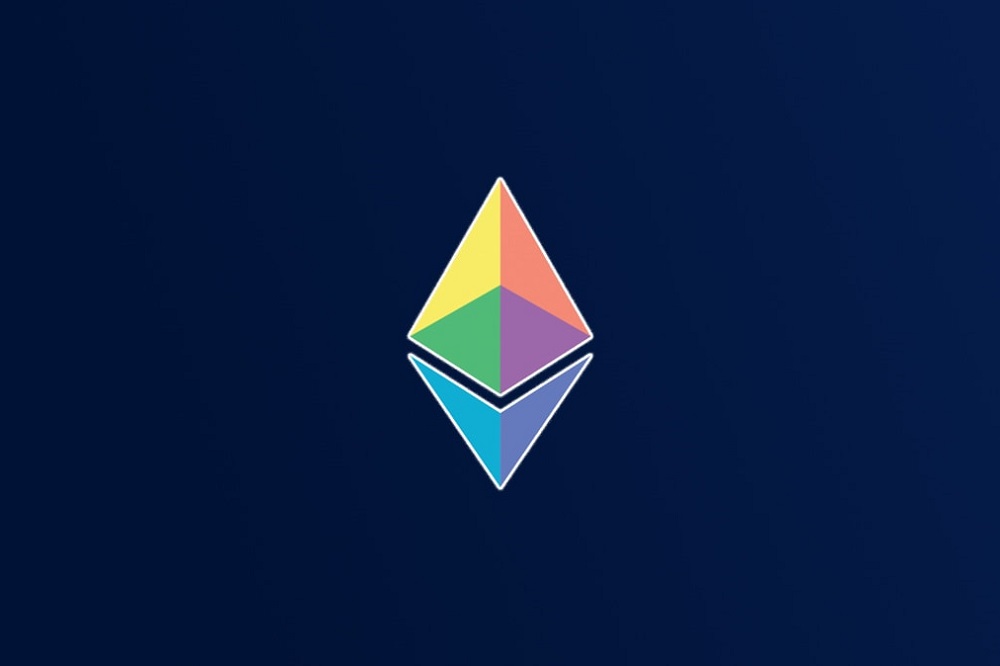As the hype over the third bitcoin halving fades, the crypto community is turning its attention to the next major milestone in the development of the ecosystem – Ethereum’s Serenity upgrade, also known as Ethereum 2.0.
Serenity is the biggest shift in the blockchain’s short lifetime and will see Ethereum transition from a hybrid Proof-of-Work and Proof-of-Stake consensus algorithm to solely Proof-of-Stake. This opens up new horizons of scalability by implementing new blockchain architectures like Sharding.
For the burgeoning DeFi ecosystem, which currently boasts around $844.9M worth of Ether (ETH) locked in smart contracts, the transition to the new-and-improved Ethereum 2.0 promises to improve speed and scalability, but it also brings risks.
Boosted performance
Ethereum 1.0 can currently process around 25 transactions per second — a tiny fraction of payment processing networks like VISA, which is capable of performing 24,000 transactions per second.
Ethereum 2.0 promises to boost this performance by switching to Proof-of-Stake, which relies on validators and deposits of ether instead of physical miners and electricity.
The other major scaling technology of Ethereum 2.0 is Sharding. This is a mechanism through which the Ethereum blockchain is “split,” with data processing between many nodes and processed in parallel rather than one-by-one on a single node. Smart contract expert Joseph Chow describes this as turning a single track road into a multiple lane highway, with each shard chain adding another lane.
Shard chains are expected to be rolled out in Phase 1 of Ethereum 2.0 and combined with other scaling benefits from Proof-of-Stake to deliver “potentially a 100 to 1000 factor scaling increase,” according to Buterin.
For DeFi, this means dApps will get closer to processing the same amount of transactions as traditional centralized apps as you might find on Google Play or the Apple App Store. This could potentially increase the interest in dApps from people not familiar with cryptocurrency.
Changes in Gas costs
By boosting scalability and making the network more efficient, Ethereum 2.0 is expected to ultimately significantly reduce the cost of processing on the network, which is measured in Gas.
But in a recent blog post, Buterin said that initially, recalling and accessing data from the new Ethereum network will be more expensive than before. This is because of changes in how the state of the blockchain—or the account of transactions on the network—is stored. He also said that dApp developers will need to adjust to prevent additional expenses:
“If you are a developer, you can eliminate the largest part of disruption from gas cost changes by proactively making sure you don’t write apps with high witness sizes, ie. measure the total storage slots + contracts + contract code accessed in one transaction and make sure it’s not too high,” wrote Buterin in the blog post.
This move to “statelessness” is one of several changes to network architecture, like the loss of the ability for Ethereum to execute transactions atomically, which are still contentious points of debate within the developer community.
Risk of disruption
The complex transition to Ethereum 2.0 will be spaced out from phase 0 in 2020 to phase 2 in 2022, and at each stage, there is a chance that existing functionality will change and smart contracts could break. To ensure a smooth transition, DeFi developers need to stay vigilant of changes as the network is updated.
On the positive side, when it is finally complete the massive scaling benefits of Ethereum 2.0 could help unleash the next wave of innovation on Ethereum and finally bring its benefits to a more mainstream audience.
Author
Kieran Smith is a content marketing consultant at Bitcopy, where he provides content strategy and copywriting for blockchain and cryptocurrency companies.










